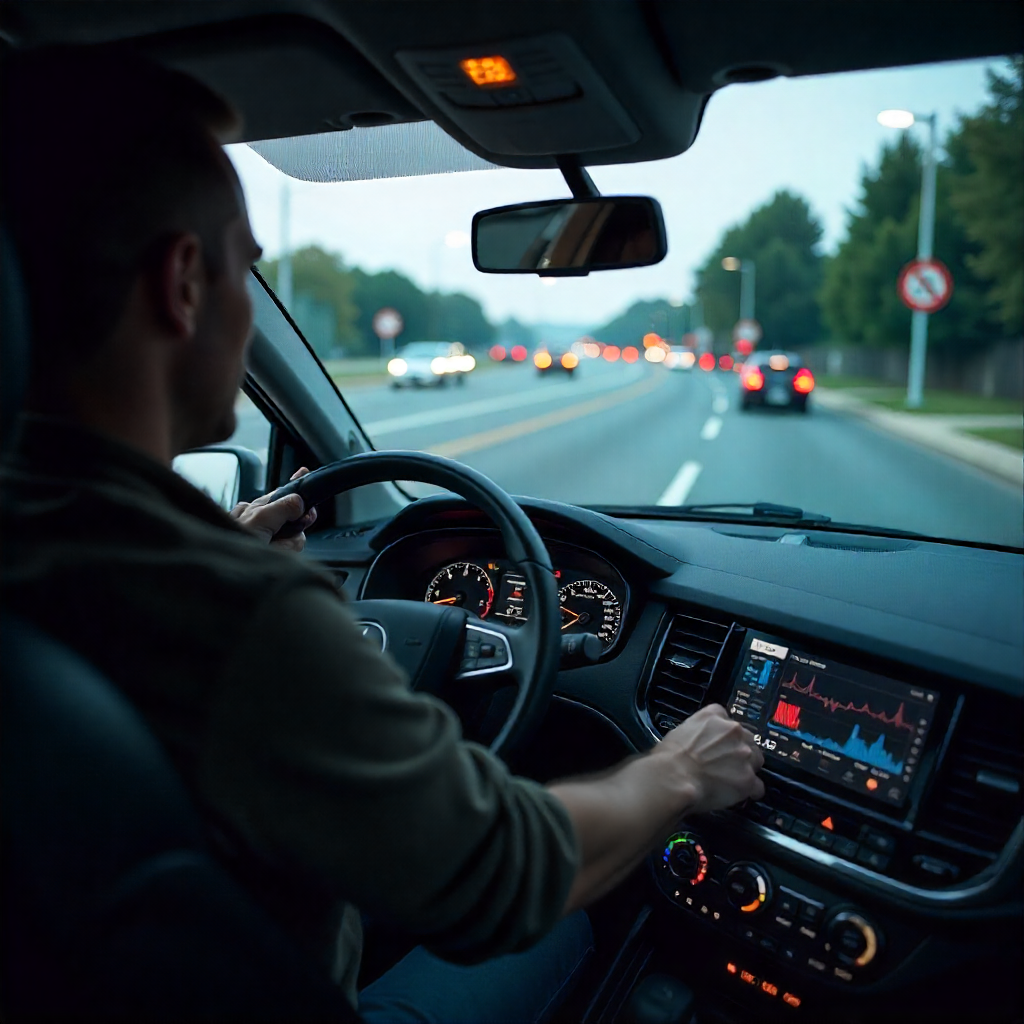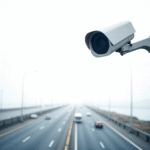In the modern landscape of smart infrastructure and security, the flow and identification of vehicles are crucial for maintaining order, safety, and operational efficiency. Central to managing this complexity is the number plate recognition system (NPRS), often interchangeably known as Automatic Number Plate Recognition (ANPR) or License Plate Recognition (LPR). This technology represents a paradigm shift from manual vehicle checks to automated, high-speed digital identification. By combining specialized camera hardware, sophisticated optical character recognition (OCR) software, and powerful machine learning algorithms, NPRS automatically captures, converts, and processes license plate images into actionable digital data. Its implementation transforms traffic management and security protocols from labor-intensive, reactive efforts into streamlined, proactive, and data-driven operations across a multitude of industries.
⚙️ How NPRS Translates Images into Data
A modern number plate recognition system operates through a rapid sequence of technical steps, all executed in milliseconds:
1. High-Speed Image Capture
The process begins with an intelligent camera, often equipped with infrared (IR) illuminators. The IR light is essential because it isolates the reflective surface of the license plate, ensuring consistent, high-contrast image quality regardless of environmental factors like sun glare, deep shadow, or darkness. The camera must capture the image with minimal motion blur, even at high vehicle speeds.
2. Plate Localization and Pre-processing
The raw image is fed into the NPRS software, which employs computer vision algorithms to perform localization. This function isolates the exact rectangular region of the license plate within the full image frame. Next, the image undergoes pre-processing steps, including normalization (correcting for any tilt, skew, or rotation caused by the vehicle’s angle) and contrast enhancement to optimize the image quality specifically for text extraction.
3. Optical Character Recognition (OCR)
The core analytical step involves OCR. The software segments the cleaned-up plate image into individual characters (letters and numbers). Using highly refined machine learning models, these visual characters are then translated into a standard, machine-readable alphanumeric text string. Modern NPRS algorithms are exceptionally robust, trained to handle variations in plate design, font, state/country variations, and minor environmental wear.
4. Data Comparison, Storage, and Action
The generated text string is instantly time-stamped and geo-tagged. This data is then compared against a user-defined database—a “hot list” for law enforcement, a database of authorized vehicles for access control, or a list of registered users for tolling systems.
- Triggered Action: If a match is found (e.g., a known unauthorized vehicle attempting entry), the system generates an immediate alert or triggers a physical action (e.g., keeping a gate closed).
- Forensic Data: All processed records are securely stored, creating a detailed audit log of vehicle movements that can be queried later for forensic analysis or operational review.
🌐 NPRS Applications Across Diverse Industries
The flexibility and accuracy of the number plate recognition system make it valuable across many sectors, far beyond traditional traffic policing:
1. Security and Access Control (Enterprise and Critical Infrastructure)
For industrial sites, corporate campuses, and large distribution centers, NPRS automates gate access for employees and known vendor fleets, enhancing perimeter security while eliminating queue times. It provides an unforgeable digital audit trail of who entered and exited the premises and when.
2. Parking Management and Revenue
In airports, commercial parking garages, and large parking lots, NPRS tracks the entry and exit times of vehicles. This eliminates the need for physical tickets, automates fee calculation, and integrates with payment systems, significantly reducing operational costs and revenue leakage.
3. Transportation and Logistics
Logistics companies use NPRS at dock doors and yard entrances to automatically verify delivery and collection vehicles against manifests, speeding up the process of loading and unloading, and improving inventory control and supply chain efficiency.
4. Fuel and Service Stations
Some stations use NPRS to identify registered fleet vehicles, automating payment at the pump. More crucially, the system can detect vehicles associated with “drive-offs” (fuel theft), immediately alerting staff and often blacklisting the plate from future service.
📈 Operational and Intelligence Benefits
The adoption of NPRS provides crucial operational and intelligence benefits:
- Increased Throughput: Automation drastically speeds up processes like toll collection and secure gate entry, reducing bottlenecks.
- Objective Enforcement: The system provides timestamped, photographic evidence of all events, which is crucial for legal and internal compliance purposes.
- Business Intelligence: Analyzing the aggregated data on vehicle traffic patterns, peak times, and dwell times provides businesses with valuable insights into operational flows and customer behavior.
🚀 Conclusion
The number plate recognition system has evolved into a sophisticated, AI-driven platform that processes critical data from the physical world. It is no longer just a security tool but a vital component for optimizing logistics, enhancing customer experience, and maximizing operational safety and efficiency across various commercial and industrial settings.
This relentless drive to extract deep, actionable intelligence from visual inputs is the defining feature of modern technology integration. The LPR system’s ability to automatically track and categorize a high volume of moving objects and generate business-relevant data perfectly aligns with this strategic vision. Ultimately, the successful deployment and continuous refinement of this technology highlights the profound impact of visual data processing, establishing the LPR system as a key component in the expanding ecosystem of Video Analytics for Industry Customer, delivering measurable intelligence that drives profitability and security.



